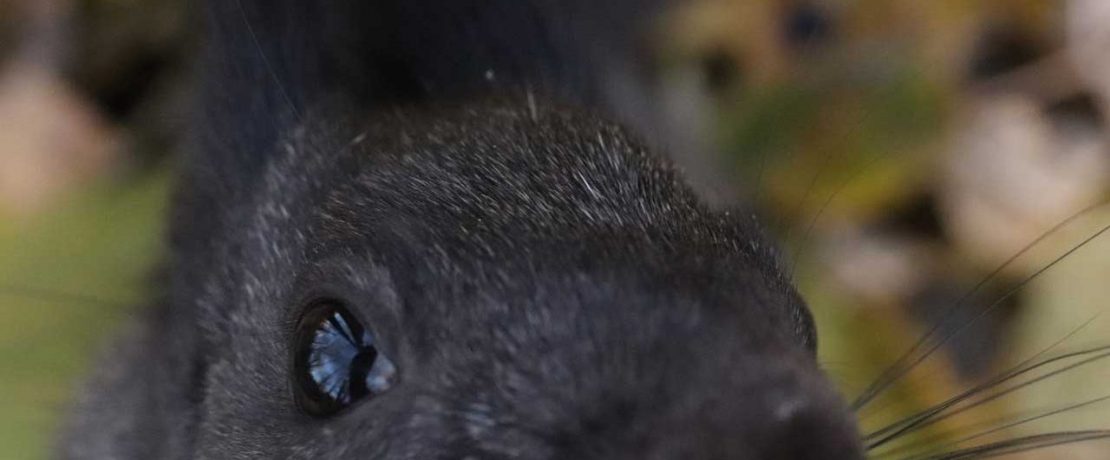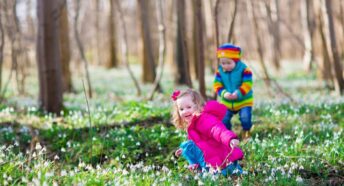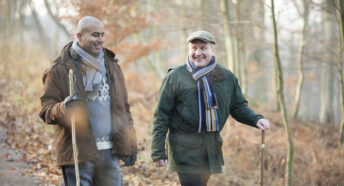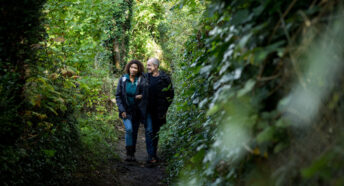Harvest time nature: a spotter’s guide
As we bring the harvest in, our wildlife is also feasting on the fruits of the season. What will you hear buzzing, munching or snuffling in the countryside?
Late summer and autumn are times of plenty, but animals and birds must plan for the colder months. See what wildlife you can spot preparing for winter!
Dining dormice and shrinking shrews
Our hedgerows are starting to rustle and bustle with activity as small mammals make the most of nuts, seeds and berries.
The hazel dormouse, as you might expect, is busily crunching hazelnuts. It needs to put on plenty of weight before it starts to hibernate in October. It’ll be spending the winter snuggled up in leaf litter and won’t emerge until May. Once widespread across Britain, hazel dormice are now mostly found in southern England and Wales.
And common shrews are looking for insects and spiders to eat. They don’t hibernate but are starting to slow down, reducing their activity as colder weather approaches. To survive the winter they actually shrink! A shrew’s whole body, including brain, liver – and even skull! – decreases in size so that less food is needed to keep them alive.
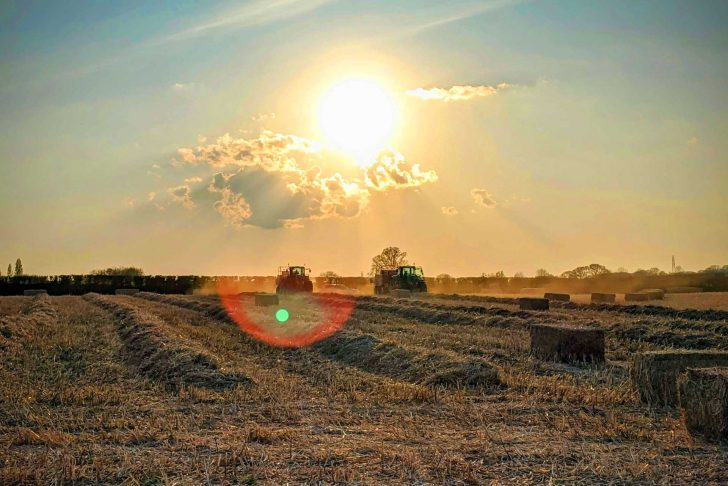
The acorn hoarders
Starting to feel like it’s time to climb under a blanket? You’re not alone. Squirrels (from the Greek words meaning ‘shadow tail’) are especially active as they gather nuts and seeds to store for winter. As the temperature drops, that fluffy plume acts as a snug blanket for the squirrels to curl up in for warmth.
We often think of the red squirrel as being the iconic image of British nature, but you’re more likely to see a grey squirrel in most parts of England. They’ve outcompeted red squirrels and also spread squirrelpox among their populations.
But the reds are still holding on in some areas, including Brownsea Island and the Isle of Wight. And there’s a chance the reintroduction of their natural predator, the pine marten, might actually help red squirrels, as it’ll find the greys easier to catch.
Ever spotted a black squirrel? We do have these in the UK: around 25,000 of them! In England, you’re most likely to see these in Bedfordshire, Cambridgeshire and Hertfordshire. But this isn’t a separate species: black squirrels are basically greys with a different pigment gene.
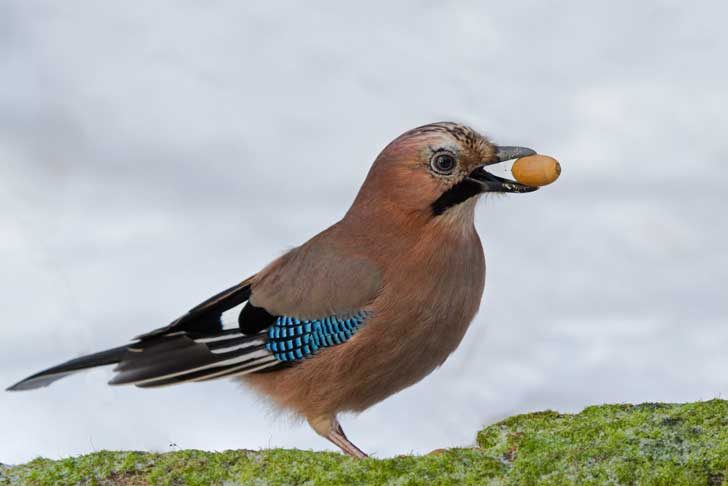
Like the squirrels, jays also store or ‘cache’ a supply of food. This is the best time of year to see these colourful but shy woodland birds as they fly back and forth with beakfuls of acorns. Planning for winter, they’re hiding these seasonal treats in holes in trees or in the ground, hoping to return to them when food is scarce.
Oh, and those acorns that are forgotten and left by jays and squirrels? They’ll sprout and become the oak forests of the future!
Staying snug
Another animal making the most of the season’s riches is the harvest mouse, which munches on seeds, blackberries and rosehips. This is our tiniest rodent, weighing roughly the same as a two pence coin!
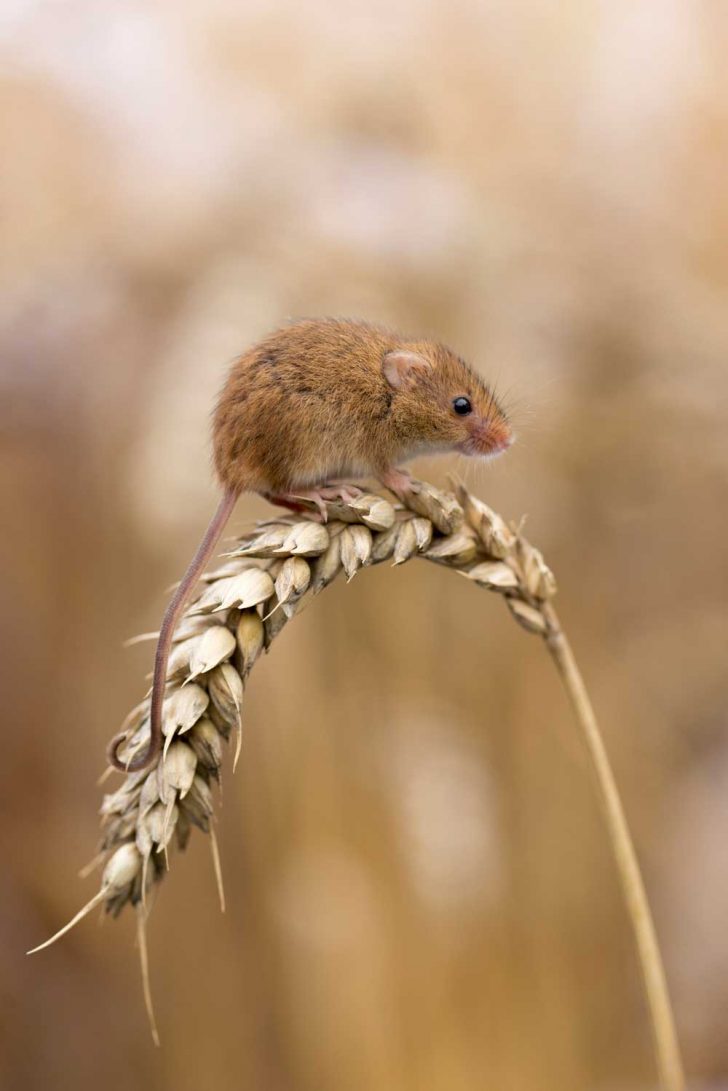
Harvest mice live among long grass and hedgerows. In August and September, the females are giving birth to their young, usually rearing around six at a time. Look out for their distinctive nests woven from grass into globes around the size of a tennis ball, secured to the stalks of grasses. These tiny mice won’t hibernate but they’ll be less active during the winter months, spending longer periods asleep in the winter nests or burrows.
Meanwhile, our biggest rodent, the beaver, will be building up fat reserves but also storing food to see it through the winter. Our small but growing population of wild beavers will spend much of the winter in their lodges, gnawing on bark and wood that they’ve dragged underwater. Their well-insulated lodges and thick fur will keep them warm and cosy.
Music and drama in the undergrowth
On warm days, summer’s wild soundtrack lingers. Crickets and grasshoppers buzz in the undergrowth. Their music is made by rubbing legs or wings together, otherwise known as ‘stridulating’.
Grasshoppers don’t survive the winter but their eggs, laid in loose earth, will hatch out in early spring and when it’s warm enough, the insect orchestra will be back!
And suspended in webs among tangled vegetation, brightly decorated wasp spiders are lying in wait, hoping to catch some of these miniature musicians. When they do, they roll them up in a bundle of silk to eat later! The bright black and yellow stripes of these spiders fool potential predators into thinking it might be a stinging insect, so they leave it alone.
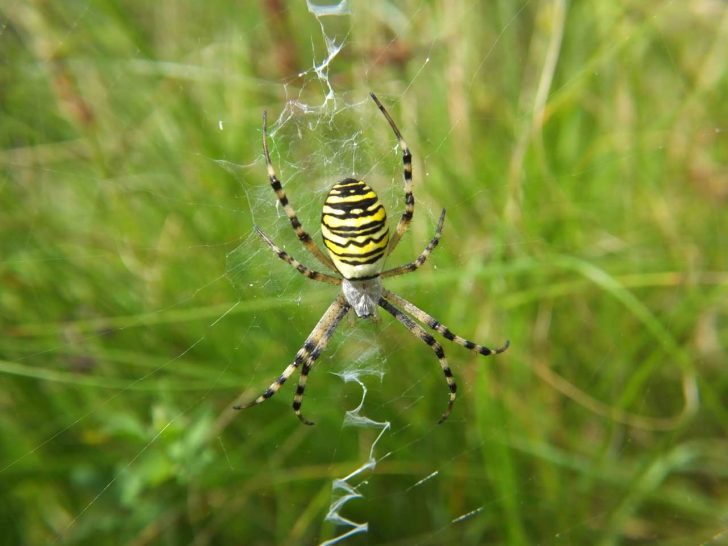
The females, which are 14-17mm long, are easier to spot than the smaller males, which often get eaten during mating! If you find a wasp spider web, see if you can spot their signature ‘zig-zag’ line in the middle.
Autumn babies
Reptiles are active in September, making the most of the last days of warmth and sunshine. You may see common lizards and slow worms around log piles or grass snakes sunning themselves on compost heaps, where they may have laid their eggs.
Those eggs hatch in late summer, while adders, and rarer smooth snakes, give birth to live young around this time. Young snakes are tiny perfect replicas of their parents!
And hedgehogs may also have their babies this late in the year. These hoglets will have to put on fat quickly to survive hibernation, and they and their parents will munch on beetles, slugs, snails and worms with even more vigour than usual!
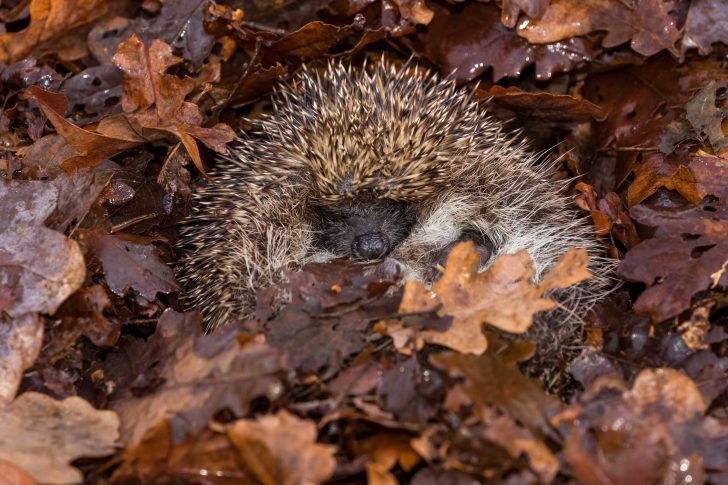
If you see a hedgehog out and about during the day, especially in cold weather, it means it may have been disturbed from hibernation and could be unwell. There’s plenty of advice on the British Hedgehog Preservation Society website on how you can help these increasingly rare animals.
What autumn wildlife have you seen? Let us know on the CPRE Twitter, Facebook or Instagram.
